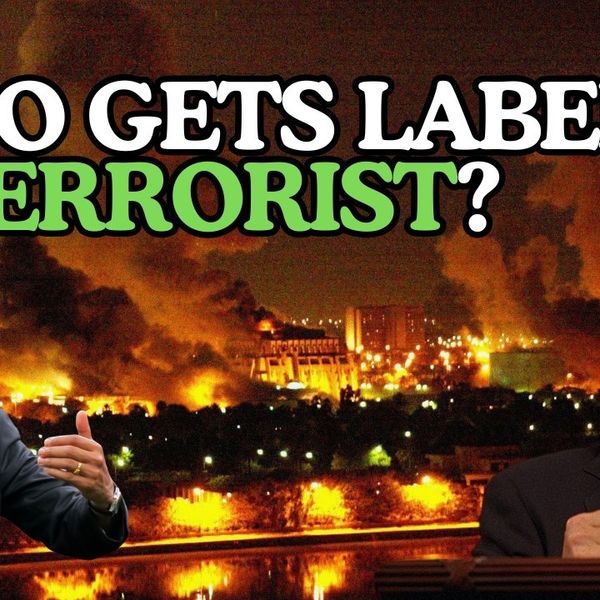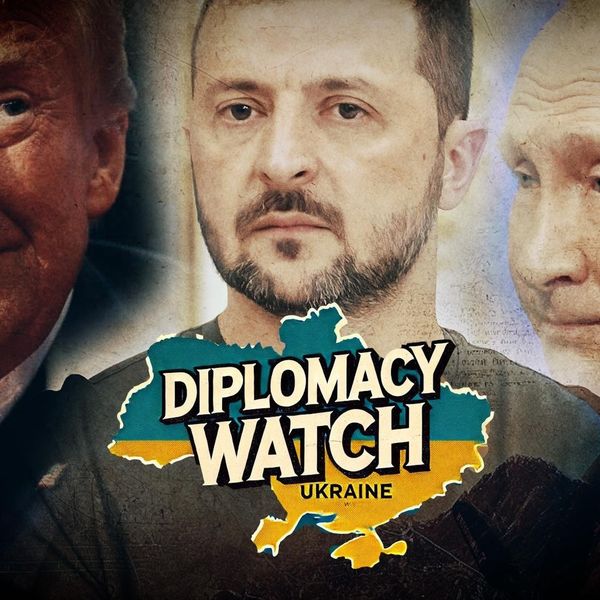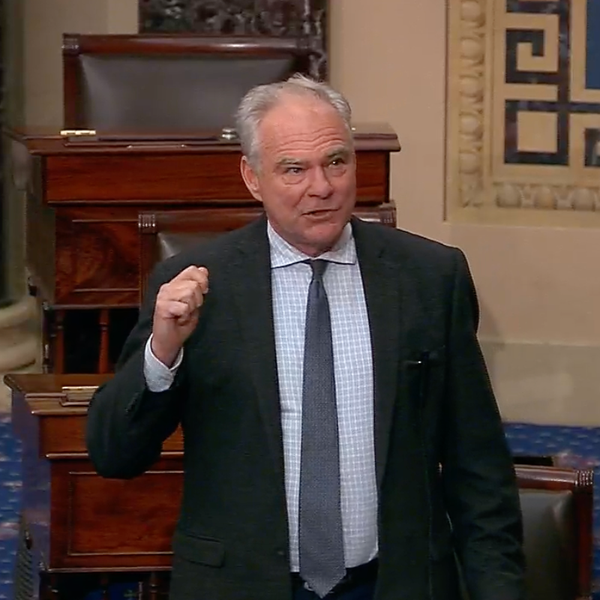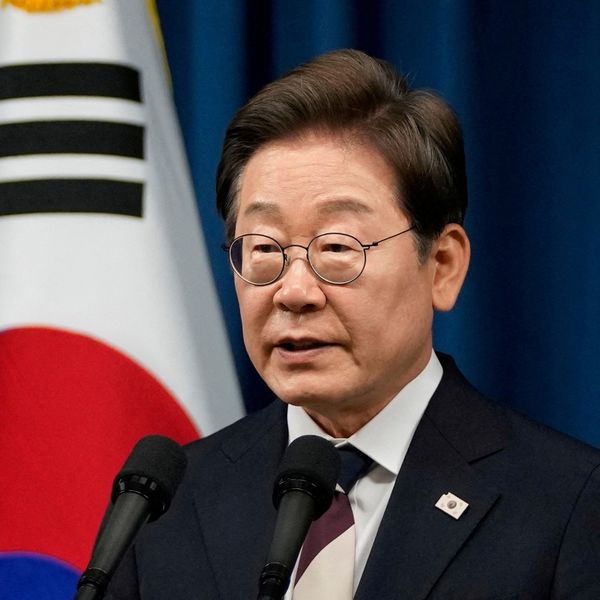The Middle East is facing a wave of protests – with the latest unrest in Iran sweeping the country in November. For the moment, a swift government crackdown that reportedly left at least 208 dead has largely brought the protests to an end. An unprecedented internet shutdown during the unrest means that information and debate from inside Iran are now going viral, with observers seeking to take stock of what it could mean for the country. While much remains unclear, the episode has shaken a fragile Iranian nation, diminished the already dwindling popular support for the Rouhani administration, and further complicated European efforts to reduce tensions between the United States and Iran.
The protests were sparked after Iranians woke up to steep hikes in petrol prices of around 50 percent brought in overnight in mid-November. The Iranian state has long subsidised fuel, but Iranian officials argued that this was a necessary step to address the budget deficit (hard hit by US sanctions cutting off oil revenues) and to tackle illicit fuel-smuggling organisations. The new approach has also allowed an increase in cash transfer subsidies to Iran’s poorest.
The move predictably provoked the greatest anger among Iran’s lower earners, who are barely making ends meet. People immediately took to the streets to voice their fury at the decision, and at the political establishment more broadly. Similar to the last round of protests in Iran in late 2017 and early 2018, most of those who participated appeared to be young and from lower-income households. However, while the unrest in 2017 and 2018 stretched out over a longer period and remained largely peaceful, the latest protests were short-lived, with signs of greater coordination among those that took to the streets and hard-headed action by state authorities in response.
Some Iranian interlocutors from the policy community view the crackdown by the security apparatus as reflective of panic and anxiety in the Iranian security establishment. But others believe the Iranian state felt confident and strong in taking these actions, that it was ready to communicate its preparedness to immediately quash any serious threat, and to introduce a state of fear before protests spread further.
The aftermath of the protests presents significant challenges for the Iranian leadership. The Islamic Republic is now a pressure cooker, dealing with an unprecedented degree of harsh US sanctions that are have brought about severe economic difficulties, and a fraying of the political fabric. If economic reforms are not forthcoming to weather the storm of sanctions, tackle corruption, and provide relief to Iranian households, Iran will likely face periodic protests with ever higher levels of state repression.
For Rouhani himself, expectations were already low for the parliamentary election due in February. Now, given the brutal repression of these protests, growing numbers of those members of Iran’s middle class that previously backed the president are now likely to avoid political participation. And, over the past year, Iran’s Reformist faction, which had allied with Rouhani’s centrist presidential campaign, has conducted a fierce debate about whether to stand in the election given huge disappointment at the pace of reforms. Recent events have only intensified this debate. Hardliners are therefore expected to make significant gains in parliament and make life much tougher for Rouhani in the final year of his presidency.
Rouhani’s weakened position will make it even more difficult for him to push through any form of pro-diplomacy policy in his last year. The president has repeatedly stated that he is open to negotiations with the US given the right parameters – and he reiterated this after the end of the recent protests. Powerful figures inside Iran, such as the Supreme Leader and senior figures within the Islamic Revolutionary Guard Corps, have rejected the possibility of such negotiations, but Rouhani still has some limited ammunition. This was demonstrated by the recent detainee exchange between Iran and the US – a small but noteworthy sign of diplomatic success.
How far Rouhani can move forward will be influenced not just by internal dynamics but also by the US and Europe. The response by Iranian authorities to the protests complicates the political optics for European governments seeking to provide Iran with economic benefit to sustain the nuclear deal, which now hangs by a thread. Moreover, Washington will likely use the state repression inside Iran to double down against European engagement with Tehran, arguing that there are no moderate actors for change within the Iranian leadership.
Despite these pressures, European governments can still strike the right balance on Iran. Amid the protests, the EU called for “maximum restraint” from Iran. And the newly appointed EU high representative, in a stern statement, called for “credible investigations” into the events. European governments can also consider calling for a special session at the United Nations Human Rights Council to press for impartial investigations into the use of force in the recent protests in both Iran and Iraq.
In parallel, Europe should still move forward with processing the first transactions through the Instrument in Support of Trade Exchanges (INSTEX). This should be rooted in a duty of care towards the Iranian people, namely that Europe acknowledges the severe economic pressures placed on Iranians following the reimposition of US sanctions. Europeans must remain focused on facilitating quicker and cheaper access to humanitarian goods for the Iranian people. If this can simultaneously help prevent a further unravelling of the nuclear deal, this would be no bad outcome.
Greater internal pressure combined with increased weakness for Rouhani will likely push Iran towards a more confrontational stance, and diminish Rouhani’s ability to pursue political solutions. The US and Iran have already twice recently come dangerously close to military conflict, following Iran’s downing of the US drone in June and attacks against Saudi Arabia’s Aramco oil facility in September. US intelligence officials reportedly believe that Iran has increased its stockpile of short-range missiles inside Iraq, and military officials have warned of potential impending attacks by Iran. If the country continues to be suffocated economically by US sanctions, it will continue its withdrawal from the nuclear deal and up the ante in the region.
In the meantime, it is imperative that Emmanuel Macron pursue his initiative to reduce tensions between Tehran and Washington. Senior US officials have vowed to continue the “maximum pressure” campaign, and its proponents are likely to view the recent protests as proof that the policy is working. But Europeans should make clear that the policy has so far backfired in terms of softening Iran’s posture on the nuclear and regional files and only succeeded at pushing the country into a greater state of securitisation and internal oppression. Macron should seek to quickly use the positive, and most likely short-lived, political momentum from the US-Iran detainee exchange to impress on both sides that diplomacy can deliver concrete outcomes, and that it is much the preferred option to another cycle of escalation.
Republished with permission from the European Council on Foreign Relations.














